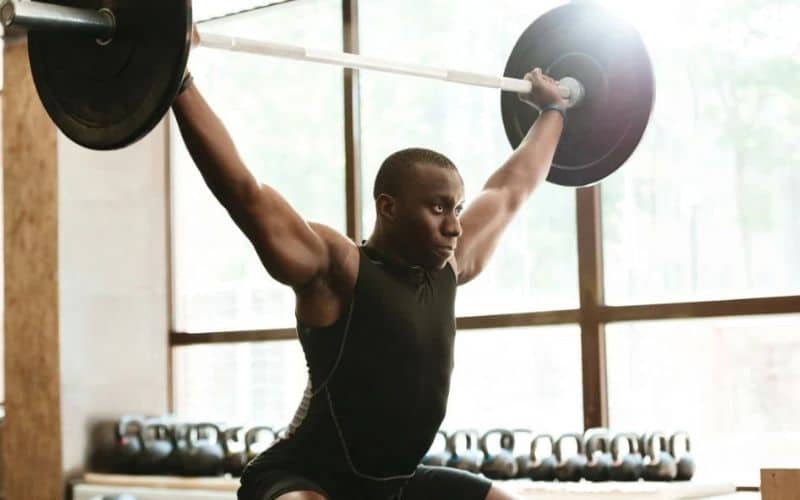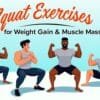Weight lifting training is more than just moving heavy weights—it’s a powerful tool to reshape your body, improve health, and boost mental resilience. Whether you’re a complete beginner, an intermediate lifter, or a seasoned athlete, structured resistance training can help you achieve your fitness goals efficiently and safely.
What is Weight Lifting Training?
Weight lifting training involves the use of resistance—often in the form of dumbbells, barbells, or machines—to induce muscular contraction, which builds strength, hypertrophy (muscle growth), and endurance. It’s a core component of strength training, practiced in gyms and homes worldwide.
Who Should Try Weight Lifting?
- Beginners looking to build foundational strength and muscle.
- Intermediates aiming to break plateaus and improve performance.
- Athletes enhancing performance, power, and injury prevention.
Benefits of Weight Lifting Training

1. Muscle Growth (Hypertrophy)
Lifting progressively heavier weights stimulates muscle fibers to grow. This results in improved muscle tone, mass, and metabolism.
2. Metabolic Health
Weight training increases resting metabolic rate, helps regulate blood sugar, and reduces risk factors for cardiovascular disease.
3. Mental Health
Lifting weights releases endorphins, reduces anxiety, and boosts confidence through measurable physical progress.
4. Longevity
Studies link resistance training to better bone density, functional strength, and lower mortality rates.
Beginner vs. Intermediate vs. Advanced Training Plans
| Level | Weekly Sessions | Reps | Sets | Rest Period |
| Beginner | 3 full-body | 8–12 | 2–3 | 60–90 sec |
| Intermediate | 4–5 split | 6–12 | 3–4 | 60 sec |
| Advanced | 5–6 specialized | 4–8 | 4–6 | 30–90 sec |
Weight Lifting for Men vs. Women: Myths & Facts
Myth: Women will get bulky from lifting heavy.
Fact: Women have lower testosterone levels and typically gain lean muscle and definition, not bulk.
Myth: Men and women need different workouts.
Fact: The principles of hypertrophy and strength apply to all; only goals and preferences may differ.
Science-Backed Programming Principles
Progressive Overload
Continuously challenge your muscles by increasing weight, reps, or training volume.
Volume & Intensity
Balance total sets/reps (volume) with difficulty (intensity) to promote growth and prevent burnout.
Rest & Recovery
Muscles grow during rest, not workouts. Aim for at least one rest day per week and prioritize sleep.
Sample Weekly Weight Lifting Routine
| Day | Focus | Exercises |
| Monday | Push (Chest/Triceps) | Bench Press, Overhead Press |
| Tuesday | Pull (Back/Biceps) | Deadlifts, Rows |
| Wednesday | Legs & Core | Squats, Lunges, Planks |
| Thursday | Rest or Active Recovery | Walking, Mobility Work |
| Friday | Upper Body | Incline Press, Pull-Ups |
| Saturday | Lower Body | Front Squats, Romanian Deadlifts |
| Sunday | Rest | Full recovery |
Nutrition Essentials for Lifters
Pre/Post Workout Meals
- Pre: Banana + peanut butter; protein shake + oats
- Post: Chicken + rice; Greek yogurt + berries
Protein & Supplements
- Aim for 1.6–2.2g protein/kg body weight
- Whey protein, creatine, BCAAs, and fish oil support recovery and growth
Top 5 Mistakes to Avoid
- Poor Form: Increases injury risk and reduces gains.
- Skipping Warm-Up: Always prep your joints and CNS.
- Ego Lifting: Lift with proper form, not pride.
- Neglecting Recovery: Overtraining leads to regression.
- No Progress Tracking: Use journals or apps to monitor performance.
Best Exercises

1. Barbell Back Squat
Muscles Worked: Quadriceps, Glutes, Hamstrings, Core
How to Perform:
- Stand with feet shoulder-width apart.
- Position barbell on upper traps, not the neck.
- Brace core and squat down by bending hips and knees.
- Lower until thighs are at least parallel to the ground.
- Drive through heels to return to the starting position.
2. Deadlift
Muscles Worked: Hamstrings, Glutes, Lower Back, Core
How to Perform:
- Stand with mid-foot under the bar, feet hip-width apart.
- Grip bar just outside knees, keep back straight.
- Push through heels, lift bar by straightening hips and knees.
- Lock out at the top with shoulders back and chest up.
- Lower the bar in a controlled manner back to the floor.
3. Bench Press
Muscles Worked: Chest, Triceps, Shoulders
How to Perform:
- Lie flat on a bench with feet firmly planted.
- Grip barbell slightly wider than shoulder-width.
- Lower bar to mid-chest while keeping elbows at 45°.
- Press the bar upward until your arms are fully extended.
- Repeat for desired reps.
4. Bent-Over Barbell Row
Muscles Worked: Back, Biceps, Rear Delts
How to Perform:
- Hold the barbell with overhand grip.
- Hinge at hips with a flat back and soft knees.
- Pull the barbell to lower ribs while keeping elbows close.
- Lower under control and repeat.
5. Overhead Barbell Press
Muscles Worked: Shoulders, Triceps, Upper Chest
How to Perform:
- Stand tall with a barbell at shoulder height.
- Grip slightly wider than shoulders, wrists straight.
- Press the bar overhead until arms are locked out.
- Lower bar slowly back to shoulders.
- Keep the core tight to avoid arching.
FAQs
Is weight lifting good for fat loss?
Yes. It increases muscle mass, which boosts your metabolism and helps burn more calories at rest.
How many times a week should I lift weights?
3–5 times per week depending on your level and goals.
Can women lift heavy without bulking up?
Absolutely. Most women develop tone and strength, not bulk, due to hormonal differences.
Conclusion
Weight lifting training is a proven path to building a stronger, leaner, and healthier body. From metabolic health to mental resilience, its benefits are undeniable. Whether you’re just starting out or optimizing an advanced routine, consistency, good programming, and smart recovery are key. Consider working with a certified trainer to ensure your plan aligns with your personal goals and capabilities.
Start lifting smart—your future self will thank you.









Add comment
You must be logged in to post a comment.